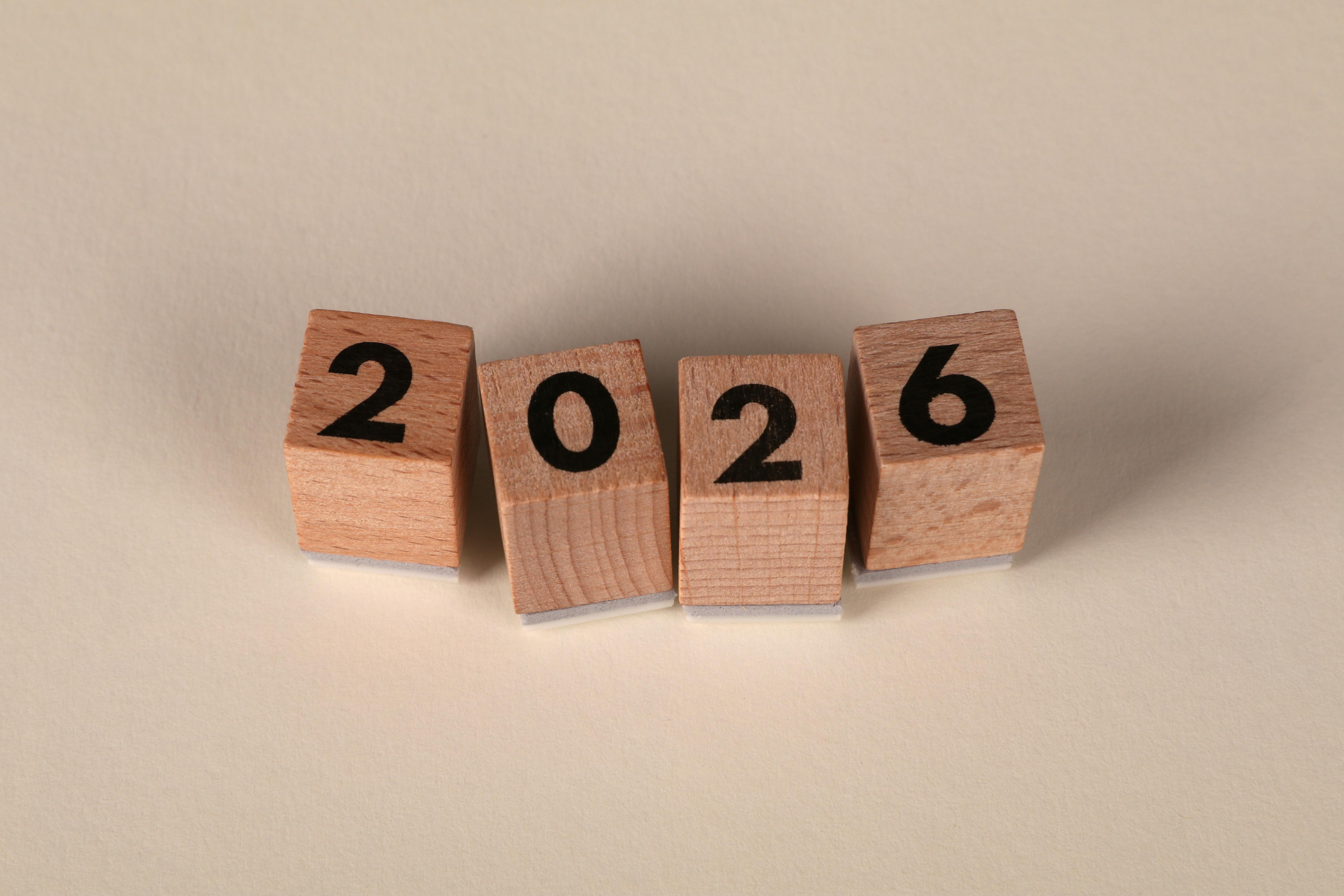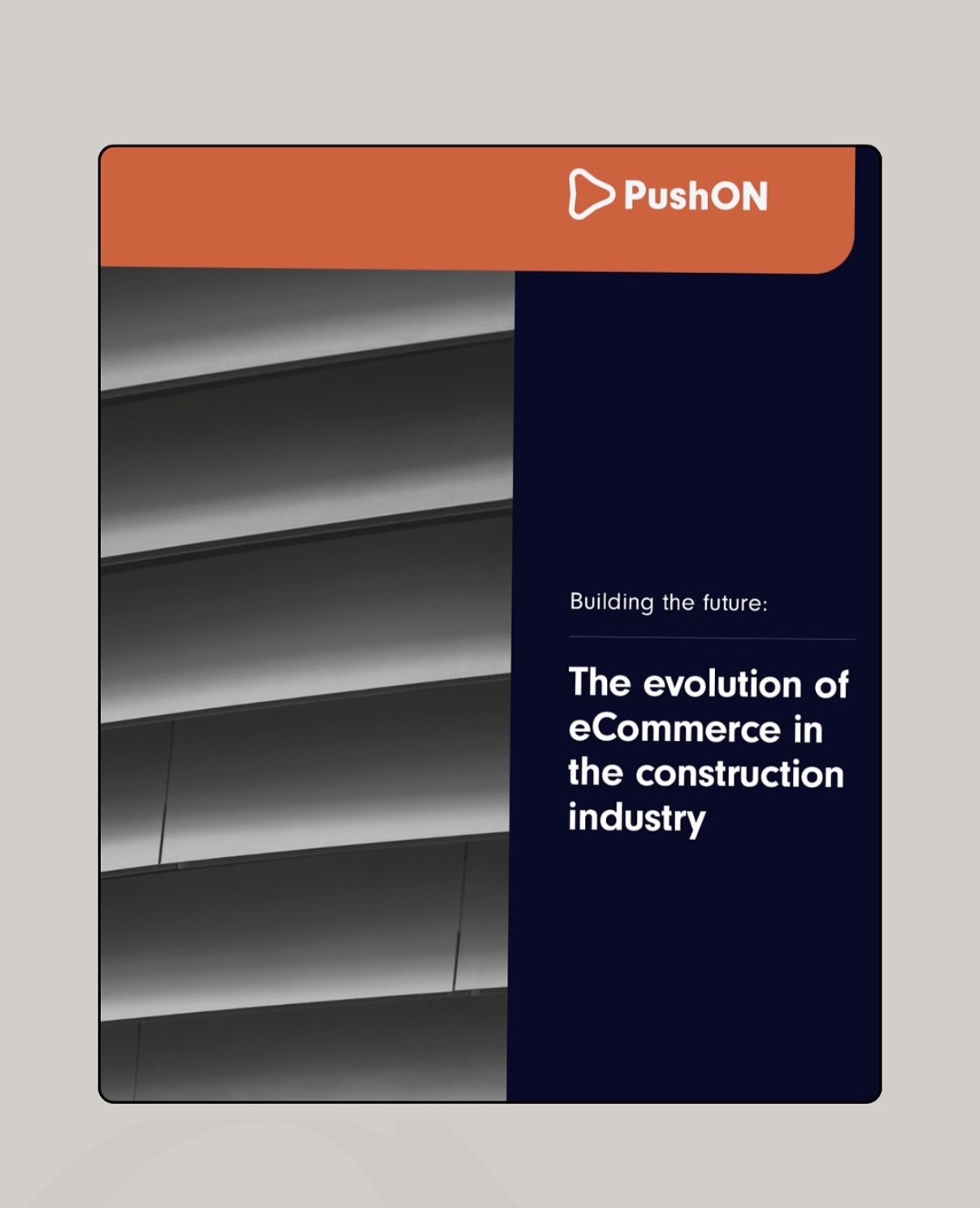What is the PESO model in PR and marketing?
Understanding the PESO model is just the first step; the real power lies in integrating these four channels seamlessly. Here's how...

Marketing and public relations (PR) have undergone a seismic shift in the past decade, driven by the rapid evolution of digital media and the rise of social media platforms. Traditional distinctions between paid, earned, shared and owned media have blurred, prompting the need for a more comprehensive and integrated approach.
Enter the PESO model – a revolutionary framework that has reshaped how PR and marketing professionals strategise and execute their campaigns.
Evolution of PR and Marketing: Breaking Down Silos
In the not-so-distant past, PR and marketing operated within distinct silos. Universities taught the differences between paid and earned media efforts, and publishers erected walls to ensure that advertising pounds did not influence editorial content. The emergence of ad agencies and PR agencies as separate entities further solidified this divide.
Ad agencies focused on creative and paid media strategies, while PR professionals built relationships with journalists and handled crisis communications without the need for paid distribution.
Owned media, representing content produced and published by a brand, sat in a gray area between PR and advertising, with neither discipline fully claiming ownership. And social, well it didn't really exist back then.
The Paid-Earned-Owned model, a standard for understanding and categorising marketing efforts, began to show signs of strain around 2008. Several shifts in the publishing and advertising landscape contributed to the breakdown of this model:
Rise of Social Media: Social media introduced a new form of distribution, empowering individuals to become their own media brands. Prospects and customers started sharing and publishing content on social networks, challenging the traditional Paid-Earned-Owned categorisation.
Blurring of Advertising and Editorial Boundaries: The once-firm walls between advertising and editorial content began to crumble. Advertorials evolved into sponsored content, and branded content teams became embedded within publishers.
Loss of Publisher Credibility: The internet's democratisation of publishing led to a decline in the credibility of traditional publishers. Consumers, now accustomed to aggregated news feeds, cared less about the source of content.
Changes in the PR Landscape: Publications folded, journalists transitioned to freelance positions, and the rise of review sites and social media granted peers newfound authority in shaping opinions.
Social Media as a Paid Channel: Public relations faced an identity crisis as social media integration became a paid channel due to algorithm changes.
In the midst of these transformations, thought leaders in the PR industry sought to expand the Paid-Earned-Owned model to the Paid-Earned-Shared-Owned model as we currently know it.
Decoding the PESO Model: Unveiling the Four Pillars
PESO, an acronym for "paid, earned, shared, owned," provides a comprehensive structure for segmenting marketing channels. It serves as a versatile lens through which marketing professionals can analyse and integrate various channels into their strategies.
Let's delve into each one:
Paid Media: Paid media involves the exchange of money for content distribution, encompassing traditional advertising, sponsored content, and other paid promotional efforts. This channel ensures that your content reaches a wider, but perhaps more specific audience.
Earned Media: Earned media involves providing valuable content to authoritative contacts such as journalists or influencers for exposure to their established audience. This could include media coverage, influencer partnerships, and other efforts that leverage third-party credibility to amplify your message.
Shared Media: Shared media focuses on the sharing and amplification of content with your brand's existing audience. Social media platforms play a significant role in this category, as your followers share, comment, and engage with your content, extending its reach to their networks.
Owned Media: Owned media centres around aggregating an audience that actively seeks your content. This includes your brand's website, blog, and other digital assets where you have complete control over content creation and distribution.
The Power of the PESO Model: Breaking Down Each Channel
There are numerous benefits to each channel of the PESO mix which we will explore below.
Paid Media: Precision and Reach
Paid media offers a level of precision and reach unmatched by other channels. Targeted advertising, sponsored content, and paid search campaigns allow brands to connect with specific demographics and maximize visibility.
Earned Media: Trust and Credibility
The value of earned media lies in the trust and credibility it brings. When your brand is featured in reputable publications or endorsed by influencers, it establishes credibility with your audience. Third-party validation enhances brand perception.
Shared Media: Audience Engagement and Virality
Shared media emphasises audience engagement and the potential for virality. Social media platforms serve as dynamic spaces for users to share and discuss content. Effective shared media strategies harness the power of social sharing and community building.
Owned Media: Control and Brand Authority
Owned media provides brands with control and brand authority. Your website, blog, and other digital assets allow you to shape your brand narrative, control messaging, and build a loyal audience that actively seeks out your content.
Integrating PESO into Your PR and Marketing Strategy
Understanding the PESO model is just the first step; the real power lies in integrating these four channels seamlessly. Here's how to make the most of PESO in your PR strategy:
Create unified PR campaigns that leverage all four channels strategically. Align your paid, earned, shared, and owned efforts to reinforce a cohesive brand message and maximise impact.
Encourage collaboration between your marketing and PR teams. Break down silos and foster communication to ensure a harmonious integration of PESO elements.
Utilise data to inform your decisions across all PESO channels. Monitor metrics, analyse performance, and adjust strategies based on real-time insights.
The digital landscape is ever-changing. Embrace agility in your marketing approach, allowing for adjustments and refinements as needed. Stay attuned to industry trends and consumer behaviour shifts.
Leverage shared and earned media to amplify your owned content. Encourage social sharing, engage with influencers, and seek opportunities for media coverage to extend your content's reach.
Use paid media strategically as an accelerator for your campaigns. Boost visibility, target specific audience segments, and complement your organic efforts with well-targeted paid promotions.
For earned media, prioritise relationship building with influencers, journalists, and authoritative figures in your industry. Cultivate partnerships that align with your brand values and amplify your reach.
Overcoming Challenges and Maximising Opportunities
While the PESO model offers a comprehensive framework, challenges may arise in its implementation. Here are some considerations to address common hurdles and maximise opportunities:
Measurement and Attribution: Measuring the impact of earned and shared media can be challenging. Implement robust tracking tools, such as Google Analytics and Mention, and attribution models to quantify the value generated by these channels.
Content Quality and Relevance: Ensure that your content is of high quality and relevance across all channels. Tailor your messaging to resonate with each segment of your audience, fostering engagement and interaction.
Balancing Paid and Organic Efforts: Maintain a balance between paid and organic efforts. While paid media can accelerate visibility, organic efforts contribute to long-term brand loyalty. Striking the right balance ensures a holistic and sustainable approach.
Adaptation to Platform Changes: Stay adaptable to changes in social media algorithms and platform dynamics. Flexibility allows you to navigate evolving landscapes and optimise your strategies for each channel.
Integration of Technology: Leverage technology for seamless integration of PESO elements. Marketing automation tools, analytics platforms, and social media management systems streamline processes and enhance efficiency.
How Hendrix Rose PR Can Help
At Hendrix Rose PR, we specialise in creating and implementing impactful PR campaigns using the PESO model. By understanding the unique strengths of each channel – paid for precision, earned for credibility, shared for engagement, and owned for control – we can help you to maximise your PR efforts with clarity and purpose.
Get in Touch
Ready to elevate your brand through the PESO model? Contact us today to discuss how Hendrix Rose PR can help.




